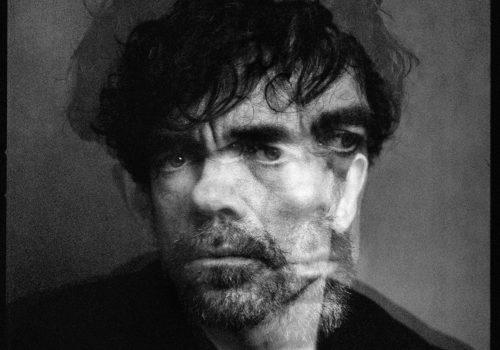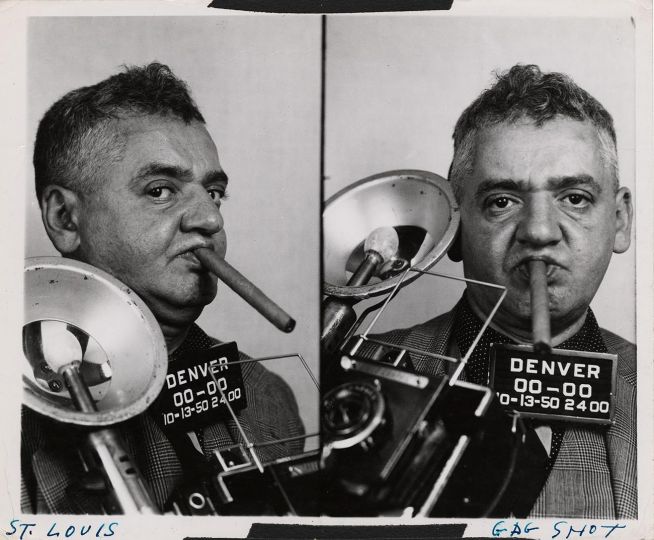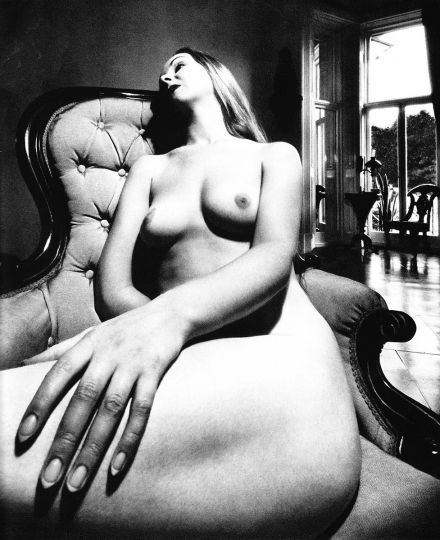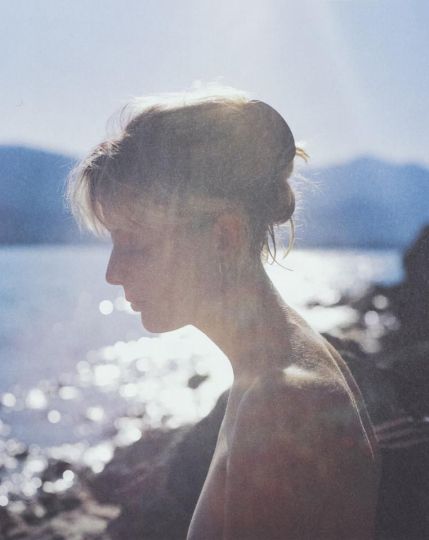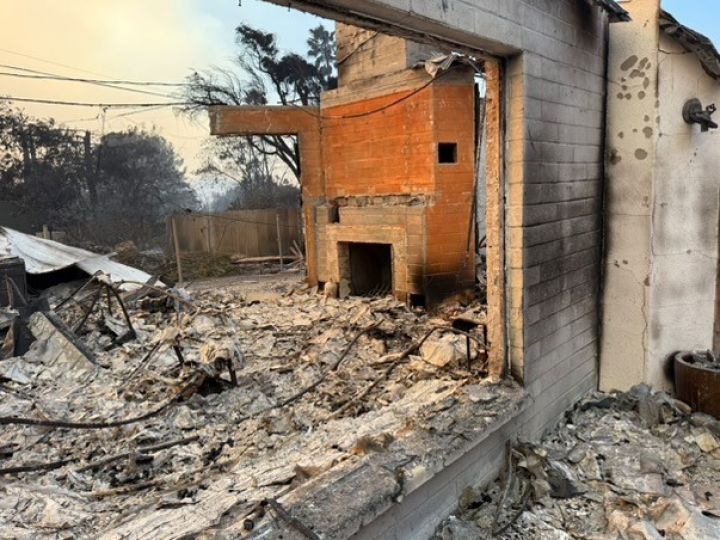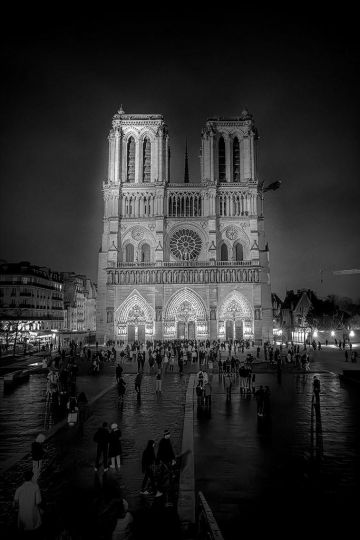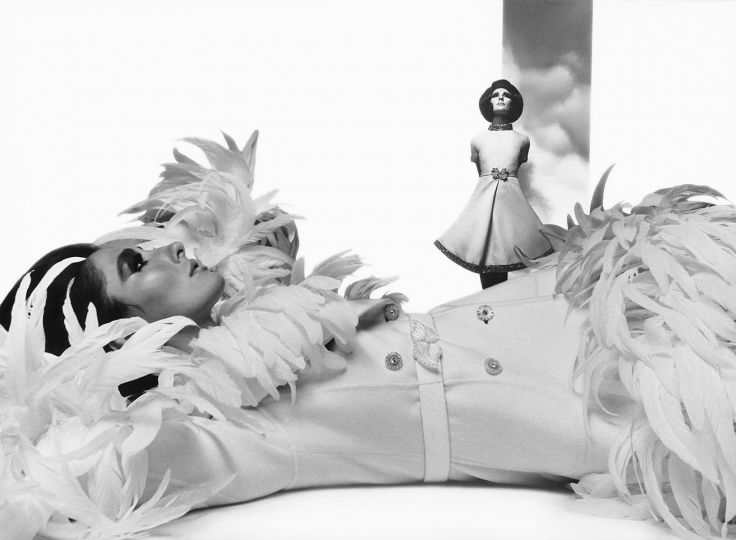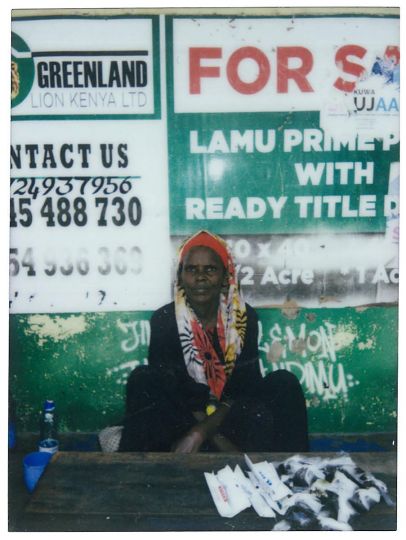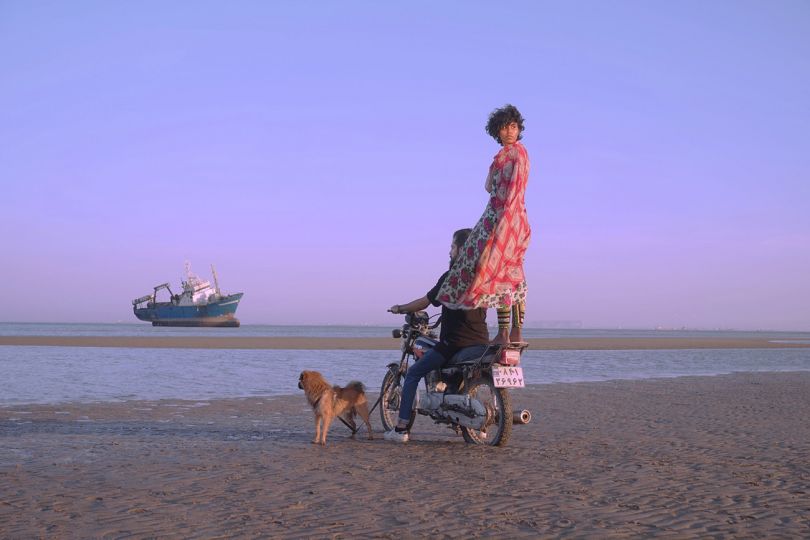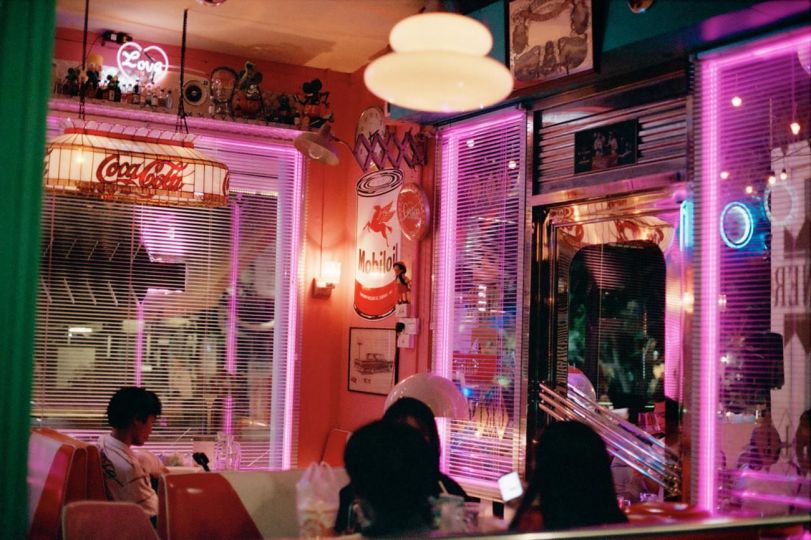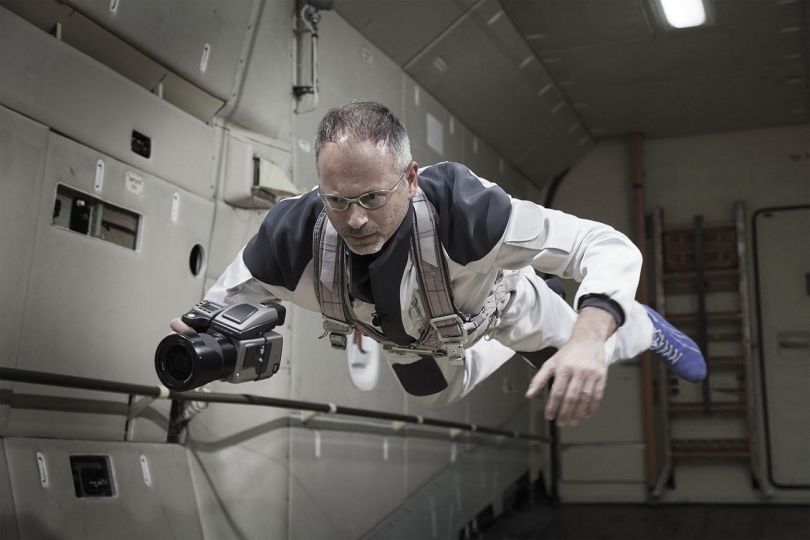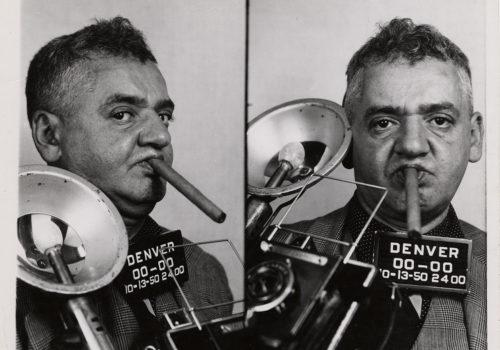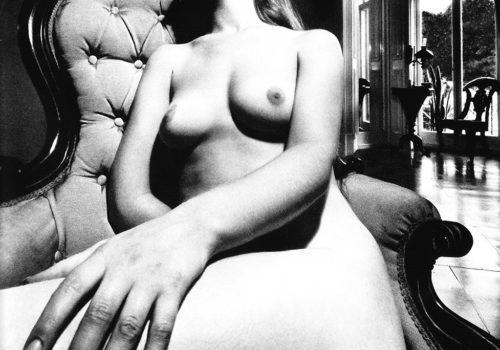Jesse Dittmar is one of the world’s most renowned celebrity portrait photographers. When you look at his list of clients, it’s not a question of who he’s shot, it’s more a question of who he hasn’t photographed. In his book Overexposed, he captures more of a personal take on his work–it’s a story of a photographer’s own unique artistic viewpoint and practice while capturing his work. The overexposed portraits that fill the pages of this masterful book are all shot on Ilford 3200 black and white film, an artform in itself today. Dittmar sat down to discuss the book and his body of work.
Elizabeth Hazard : How did this idea for the book come about?
Jesse Dittmar : This is my second book. I was itching to make another one and I felt like I had a body of work that I was excited to show people. I felt it was artwork that said something about where my career is and how I wanted to show my work.
Elizabeth Hazard : How did the process work? How long did it take to come together?
Jesse Dittmar : Happy accident. I stumbled across this process during a mode of experimentation. I was trying to figure out what my style was, how I wanted to shoot. My friend Bates is the first shot in the book, and she was the first person I shot with this new concept in mind. I had 3200 film stock in my camera and I overexposed it. When I got that film back I thought it was going to be weird. And what I saw was very cool. It felt very tactile and organic compared to other images. There was a graininess and softness to it. It was very cool to see at first. As soon as I saw the image I realized I could do it again. So I decided I’d bust out the film for every shoot and overexpose an image at the end of every portrait session I had. It’s the aesthetic that I enjoy the most of the work that I create. It also best serves what I’m trying to say through my photography. It allows me to capture this timelessness. There is a constant line through the very first photo I shot to the work I shoot today. It’s a constant thread. It’s a mashing and cohesion of what I like aesthetically and what I’m trying to serve artistically.
Elizabeth Hazard : How did you edit it down to the photos you chose?
Jesse Dittmar : My editing process for the book is probably much like most other photographers. I took all the subjects I hadn’t published before and threw them into a giant folder. Then I started to choose the best photos and choose what photos had the best stories to coincide with the images. There’s good and bad editing. I started with 400 images and narrowed it down to 97. I whittled it down. I ask myself the question: “do I like this photo? Does it have a good story? Does it fit visually with the other images, what works well as a sequence?” You don’t want it to be repetitive obviously.
Elizabeth Hazard : Were all of the subjects happy to be featured and dare I say, Overexposed?
Jesse Dittmar : I am always transparent with my work and I never share anything that was told to me in confidence. I’m never concerned that someone will be upset. The book is about what it’s like to be a photographer like me. It’s a story of the photographer, it’s not about juicy celebrity gossip, it’s about what it’s like to capture these celebrities as a photographer.
Elizabeth Hazard : What are you busy working on now?
Jesse Dittmar : I’m busy doing what I’ve always done–and doing what I hope to do forever: Shooting people affecting our world and culture. I love capturing significant people doing significant things. I never know what the next day will bring but my goal remains the same. I get to do amazing things and meet amazing people. I get to travel the world doing what I love. I’m living my childhood dream and feel very fortunate to do what I love. And I’ll continue to do it until someone stops me.

